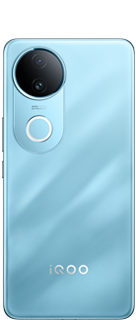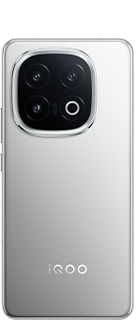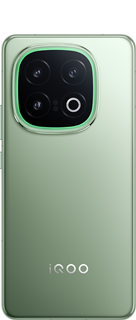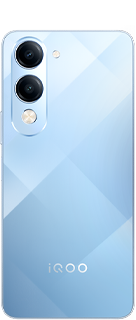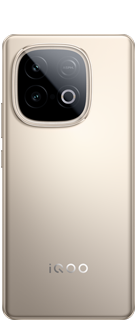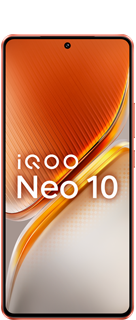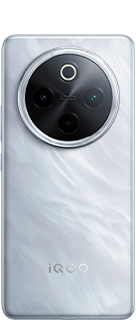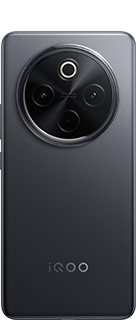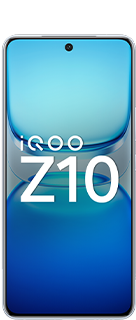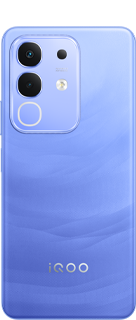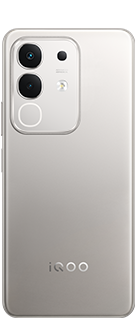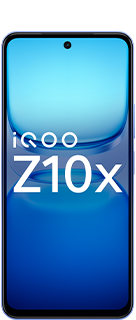UV Screen Protector: Is It the Right Choice for Your Curved Screen Smartphone?
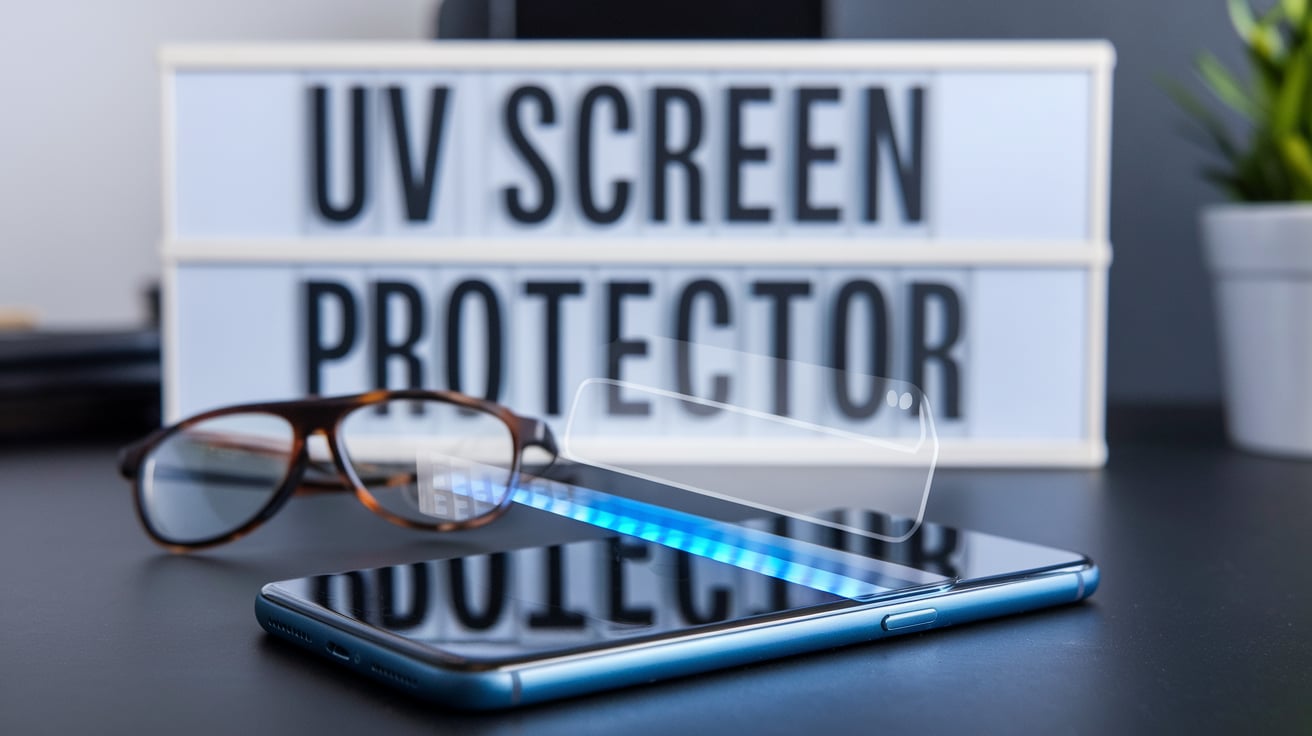
As smartphones evolve, curved-edge screens have become a popular design trend, providing an immersive and aesthetically pleasing experience. However, protecting these delicate displays poses challenges, especially when it comes to finding a screen protector that fits well without peeling or bubbling. One solution that has gained traction is the UV glue tempered glass protector, or UV screen protector. But while it offers advantages in screen protection, it also comes with certain risks. Here's a deep dive into the pros, cons, and essential precautions when considering a UV screen protector for your smartphone.
What is a UV Screen Protector?
A UV screen protector is a tempered glass protector applied by spreading a thin layer of UV glue on the phone's screen and then curing the glue with ultraviolet light. This process provides better adhesion than conventional adhesive-based screen protectors, creating a strong bond that resists detachment over time. It's especially beneficial for curved screens, where the adhesive helps contour the protector to fit snugly along the screen's edge without leaving gaps.
Pros of Using a UV Screen Protector
- Perfect Fit for Curved Screens
Due to their design, curved screens can be challenging to cover without leaving edges exposed. A UV screen protector's liquid glue fills in these curved areas, ensuring a seamless fit that follows the screen's original curvature.
- Superior Scratch Resistance
Most UV screen protectors are manufactured with scratch-resistant layers, providing a tough barrier that protects the screen from everyday scratches and scuffs. This feature can help maintain the screen's pristine condition and preserve the device's resale value.
- Cost-Effective Protection
Replacing a curved display can be an expensive affair. UV screen protectors are affordable alternatives, giving users peace of mind without the hefty cost of screen repairs or replacements.
Cons and Risks of Using a UV Screen Protector
- Risk of Corrosion and Malfunction
The UV glue used in these protectors is inherently sticky and can seep into areas like the earpiece, side buttons, or speaker holes if not applied carefully. Once the glue is cured, it can cause serious malfunctions:
- Button Malfunction: Glue can settle in the gaps around buttons, potentially leading to adhesion issues that impair button functionality.
- Muffled Sound: The earpiece speaker holes are vulnerable to blockage by UV glue, leading to diminished or muffled sound output.
- Screen and Fingerprint Sensor Impairment: The glue's thickness and composition can interfere with touch sensitivity and the light transmission required for under-screen fingerprint recognition, especially if the protector is thicker than usual.
- Touch Sensitivity Reduction
Due to the extra layer created by the tempered glass and glue, some users report a slight reduction in touch sensitivity. This may be particularly noticeable on pressure-sensitive screens or devices that rely heavily on touch input, which can be inconvenient for certain apps or gestures.
- Installation Challenges
Installing a UV screen protector is more complex than a typical adhesive-based screen protector. It involves multiple steps, from applying the UV glue evenly to curing the adhesive with a UV light. For those new to this process, the risk of creating bubbles or causing the glue to seep into sensitive areas can lead to multiple attempts and potentially frustrating results.
Precautions for Safe Installation
- Use Tape or Stickers to Protect Ports and Buttons
Before applying the glue, cover sensitive areas such as the earpiece, side keys, and speaker holes with protective tape to prevent glue infiltration.
- Ensure Even Application of Glue
Apply the UV glue carefully and spread it evenly across the screen surface to prevent air bubbles. An even layer will also minimize the risk of leakage into sensitive areas.
- Check for Glue Leakage Before Curing
Before using the UV light to cure the glue, inspect the edges of the screen for any excess glue, and wipe it away to prevent it from entering critical areas.
Is a UV Screen Protector Worth It?
For those with curved-edge devices, a UV screen protector offers a reliable option for a snug fit and enhanced scratch resistance. However, careful handling is essential, particularly during installation, to avoid the drawbacks of potential malfunctions and reduced touch sensitivity. For users comfortable with a more intricate installation process and protective measures, a UV screen protector could be the ideal choice to keep a curved screen device secure and scratch-free.
In the end, the choice to use a UV screen protector comes down to weighing its enhanced fit and durability against the challenges of application and the potential for minor touch sensitivity issues. If you're looking for protection with a custom fit and are willing to handle the installation carefully, a UV screen protector might just be the answer to safeguarding your device's sleek, curved screen.
Signing Off!
Anil Yadav
Moderator
Please sign in
Login and share
